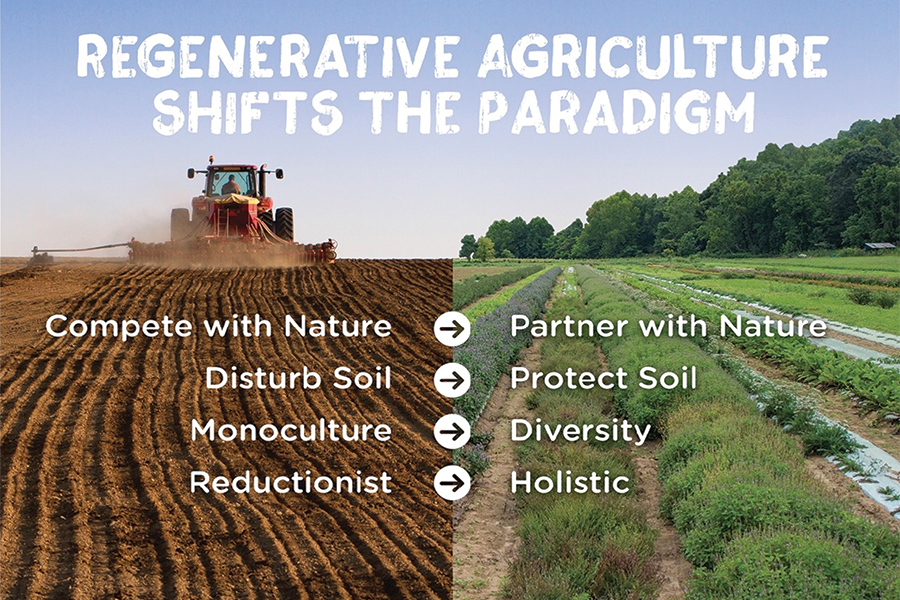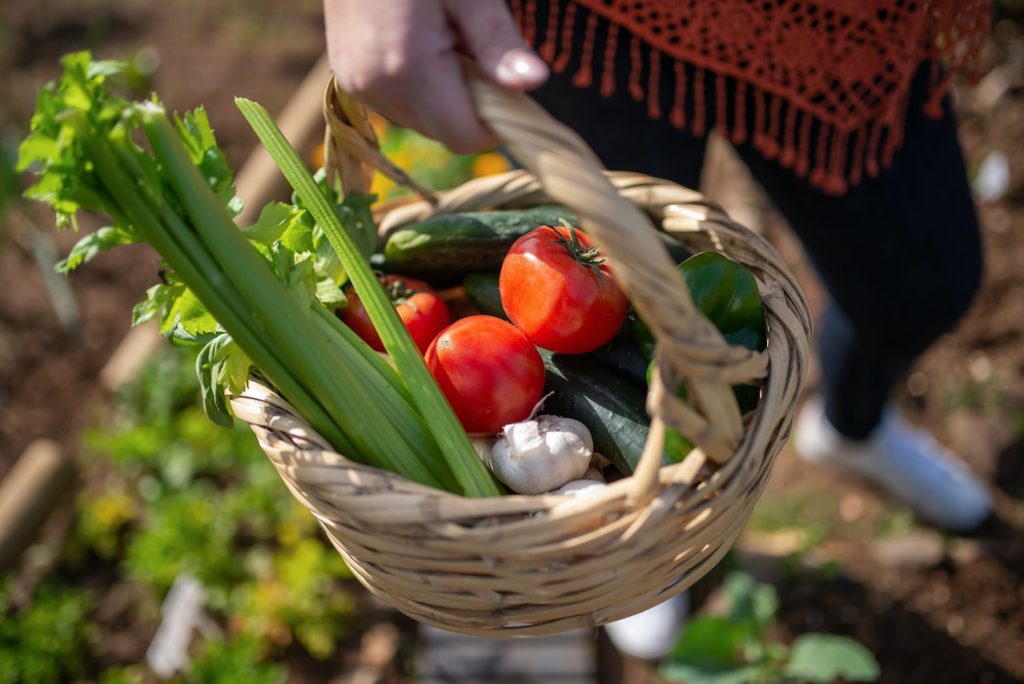How Brix Meters work!
It is important to monitor regularly the health of the soil as well as the plants that grow on it. Good soil nutrition helps plants resist disease and insect infestation, leading to better ‘keeping’ qualities, nutritional values, and flavour characteristics. The practice helps to assure high quality produce which attract the best prices.
Exhaustive soil analysis is certainly necessary, but this is tedious laboratory work. To have a portable, easy-to-maintain system of tracking the progress of the crop, the farmer needs a handy tool. There is one such instrument — the refractometer, also called a Brix meter, because it reads the Brix value of a liquid.
The Brix value indicates the level of total dissolved solids — vitamins, minerals, and other soluble compounds but mostly sugars — in a liquid such as the sap from the leaves and other plant parts. The Brix can also be interpreted as an indication of the nutrient uptake and therefore the health of the plant.
Within the same plant species, the crop with a higher Brix value will contain more sugars, minerals and proteins, and less water. This means the crop will taste sweeter and be more mineral-nutritious. Harvested crops with high sugar content lose less water in storage and better resist frost damage and post-harvest disease.
Using Brix meters
To text Brix content, squeeze some juice from a chosen part of the plant. Drip the fresh liquid on the inclined glass plane of the Brix meter. Hold the instrument against the light and look through the viewfinder for the number (between 0 and 32) indicating the sugar content reading. The higher the reading the higher the sugar content; this is good for the plant.
Between varieties and species of plants, Brix readings can be very different. Some varieties consistently give low Brix values, regardless of how they are grown. Such varieties are likely to be the most vulnerable to disease and insects.
When taking samples of the crop area, it is vital to compare data from the healthy (normal), weak and super-growing plants. Data from disease-affected or pest-infested areas should also be compared with data from non-affected areas.
In a single plant, Brix values will vary considerably depending on the source of the sample — mature or young leaves, mature or immature fruit, growing points, petioles, etc. Some organic farming technicians choose petioles (newly mature leaves) since they exude plenty of sap and do not have wide swings in Brix.
Once a plant part has been chosen, all sampling should be taken from that portion. Since sunlight affects photosynthetic activity, sampling should be done always from the same side of the plant.
Other things to watch for are the following:
- Samples should be taken from at least 20 plants, all of identical physiological age. On each sampling date, the samples should come from the same plants.
- Sampling time is critical and should be done always at the same time of day. Sugar production/storage activity is most active between late morning and early afternoon, so many growers sample during the 10a.m.-12p.m. period. It is not advisable at all to sample in the evening, or when temperatures are above 100oF (37.8oC).
- Weather (sunlight, drought, extreme heat, heavy rains, etc.) has significant impact on sugar accumulation. It is important to make notes on weather conditions for every sampling date to help analyse for weather-related changes in Brix values.







Responses